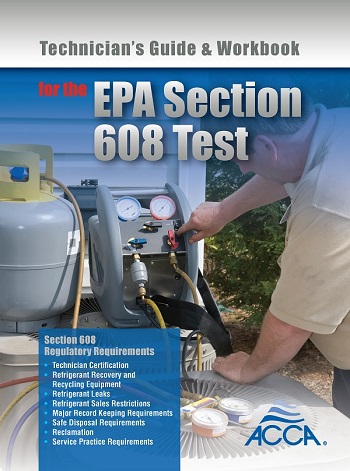WASHINGTON — The U.S. Environmental Protection Agency (EPA) released new guidance to help school districts protect IAQ while increasing energy efficiency during school renovations.
“This guidance provides common-sense solutions for improving energy efficiency and IAQ in schools across the country,” said Janet McCabe, acting assistant administrator, office of air and radiation, EPA. “By using these guidelines, school districts can cut their energy bills and help ensure students have a healthy and safe learning environment.”
Both energy management and protection of IAQ are important considerations for school facility management during energy upgrades and retrofits, and schools can protect occupant health by addressing both goals holistically. These renovation and construction activities can create dust, introduce new contaminants and contaminant pathways, create or aggravate moisture problems, and result in inadequate ventilation in occupied spaces. EPA’s “Energy Savings Plus Health: Indoor Air Quality Guidelines for School Building Upgrades” offers opportunities to prevent and control potentially harmful conditions during school renovations.
The practices outlined in the new guidance support schools as healthy, energy-efficient buildings that play a significant role in local communities. Nearly 55 million elementary and secondary students occupy these schools, as well as 7 million teachers, faculty, or staff. In addition, many communities use school buildings after regular school hours as after-care facilities, recreation centers, meeting places, and emergency shelters during natural disasters.
Today, half of the schools in the U.S. have adopted IAQ management plans, many of which are based on the EPA’s IAQ Tools for Schools. However, there are still about 25 million children in nearly 60,000 schools who are not yet protected by IAQ management programs.
Visit http://bit.ly/IAQSchoolUpgrades to download the new guidance and http://www.epa.gov/schools for other valuable school environmental health resources.
Publication date: 2/16/2015
Want more HVAC industry news and information? Join The NEWS on Facebook, Twitter, and LinkedIn today!







